Name Theobald Boehm | Role Inventor | |
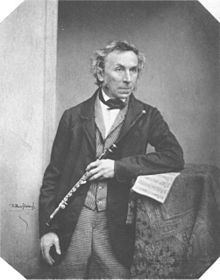 | ||
Education Ludwig Maximilian University of Munich Books The Flute and Flute Playing, The Flute and Flute‑play, An Essay on the Construct, Twelve Studies - Op 15 for, Nel Cor Piu Similar People Paul Taffanel, Johann Joachim Quantz, Hyacinthe Klose, Giulio Briccialdi, Jules Demersseman | ||
Theobald boehm grand polonaise op 16 jessica jiang
Theobald Böhm (or Boehm) (April 9, 1794 – November 25, 1881) was a German inventor and musician, who perfected the modern Western concert flute and improved its fingering system (now known as the "Boehm system"). He was a Bavarian court musician, a virtuoso flautist, and a celebrated composer for the flute.
Contents
- Theobald boehm grand polonaise op 16 jessica jiang
- Where Did Theobald Boehm Invent The Flute
- Life and works
- Legacy
- Selected works
- References

The fingering system he devised has also been adapted to other instruments, such as the oboe and the clarinet.
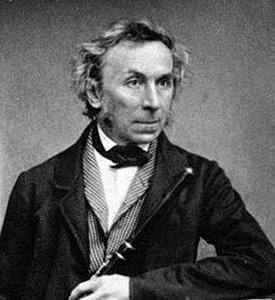
Where Did Theobald Boehm Invent The Flute?
Life and works
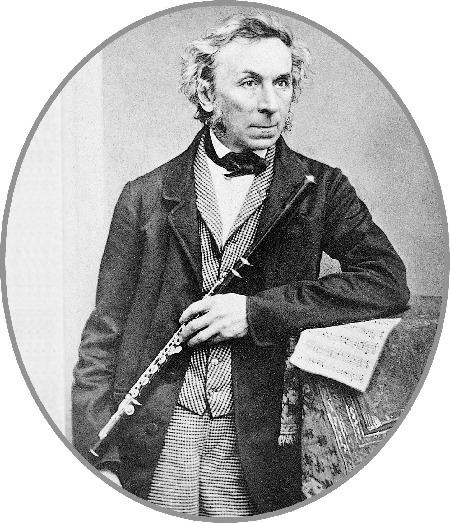
Born in Munich in Bavaria, Boehm learned his father's trade of goldsmithing. After making his own flute, he quickly became proficient enough to play in an orchestra at the age of seventeen, and at twenty-one he was first flautist in the Royal Bavarian Orchestra. Meanwhile, he experimented with constructing flutes out of many different materials—tropical hardwoods (usually Grenadilla wood), silver, gold, nickel and copper—and with changing the positions of the flute's tone holes.
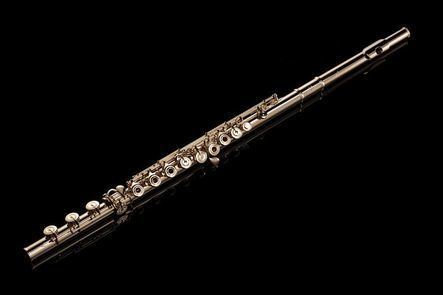
After studying acoustics at the University of Munich, he began experimenting on improving the flute in 1832, first patenting his new fingering system in 1847. He published Über den Flötenbau ("On the construction of flutes"), also in 1847. His new flute was first displayed in 1851 at the London Exhibition. In 1871 Boehm published Die Flöte und das Flötenspiel ("The Flute and Flute-Playing"), a treatise on the acoustical, technical and artistic characteristics of the Boehm system flute.
Legacy
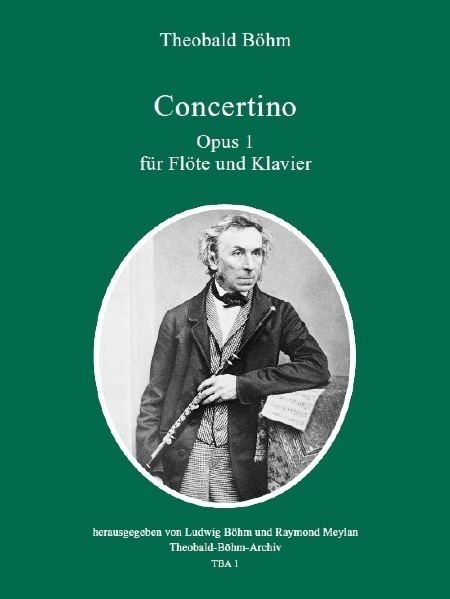
Some of the flutes he made are still being played. The fingering system he devised has also been adapted to other instruments, such as the oboe and the clarinet.
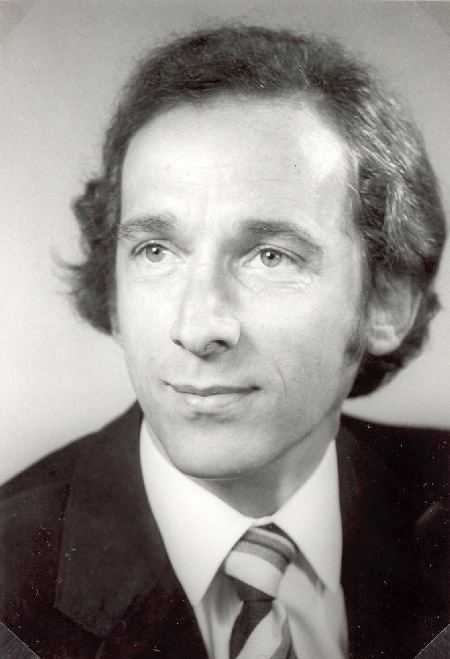
He inspired Hyacinthe Klosé, the inventor of the modern clarinet fingering system. Klosé invented a system for the clarinet that today is the standard nearly worldwide (except Austria, Germany and others). Boehm was his inspiration, and so Klosé named the new system the Boehm system just like the modern western flute. The Boehm system clarinet and flute are not exactly the same. However, they are very similar in one of the clarinet's registers. If one plays the clarinet with the register key on, the fingerings are the same as the flute when the flute is in the lower and mid register. The differences are that the clarinet's upper register is a twelfth above its lower register, unlike the flute's which is an octave higher, and the clarinet is a transposition instrument, so an F on the flute is a G on the clarinet.
Selected works

